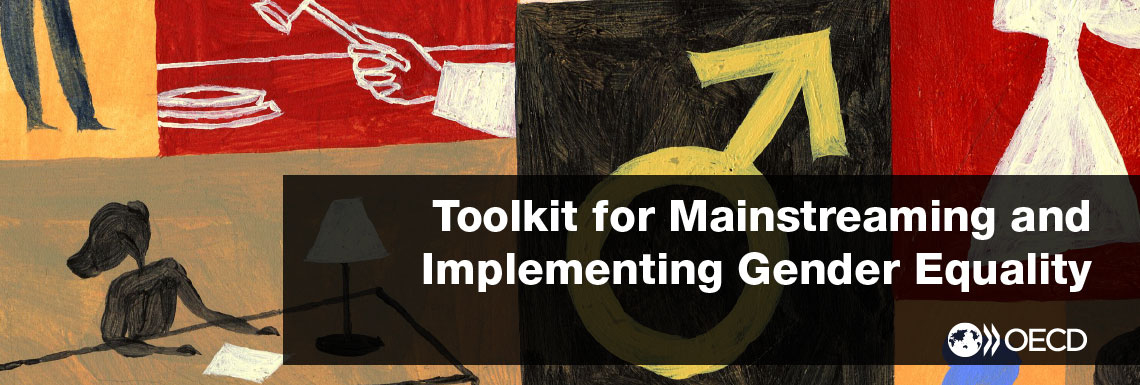Concurrent gender budgeting
SELF-ASSESSMENT QUESTION
Does the government assess the gender impact of the budget and does it publish this analysis? Are gender related objectives integrated into the government’s performance framework? Is a gender perspective applied to the allocation of budgeted resources over the course of the budget year?
WHY IS IT IMPORTANT?
Transparency lets citizens know how the government is using its budget to improve gender equality. Setting gender-related performance targets in different areas of spending also allows stakeholders to track the government’s progress in achieving its objectives. Applying a gender perspective to the allocation of resources over the course of the year is important to ensure that gender equality is being promoted and implemented across all areas of government.
ACTIONS TO CONSIDER
- Conduct a gender-related budget incidence analysis: This is an official assessment of the budget’s overall impact in promoting gender equality, including a gender-disaggregated analysis of specific policy measures (both revenue and expenditure-related). This type of analysis should accompany the annual budget. It is usually conducted by the central budget authority (or under its authority).
- Apply a gender perspective in performance setting: Gender-related performance objectives should be set across different policy areas to enable the government to track progress towards gender equality targets. This will involve identifying output and outcome indicators and realistic targets and incorporating these into relevant budget documentation. The central budget authority or central performance unit may wish to put in place cross-government requirements prescribing that a minimum proportion of budget-related performance objectives be linked to gender.
- Apply a gender perspective to allocation of budgeted resources: Programme managers should ensure that they allocate budgeted resources in a way that helps close gender gaps. This may be driven by a more senior budget authority putting in place requirements that a minimum proportion of budgeted resources in certain policy areas be allocated towards gender-responsive policies.
PITFALLS TO AVOID
- Gender targets that are set that are not Specific, Measurable, Achievable, Relevant or Time-Bound.
- Poor quality performance information collected. For example, performance information collected may not be relevant to the performance objective.
- Lack of timely performance information. This means that information on progress towards objectives is received too late to meaningfully inform ongoing and future resource allocation decisions.
COUNTRY EXAMPLES
Information from the 2016 OECD Performance Budgeting Survey highlights that gender-sensitive measures form part of the performance information provided in budget submissions in nine OECD countries (Austria, Belgium, Estonia, Israel, Korea, Mexico, Slovenia, Sweden, Switzerland).
Austria
In Austria, gender budgeting was introduced as part of the performance based budgeting framework codified in the budget law. The provisions require each chapter within the Annual Budget Statement to have outcome objectives, with at least one objective directly addressing gender equality. Sample objectives include: higher female participation in the labour market, improvement of the state of health of males aged above 50, reduction of the gender pay gap, and improvement of road security for males under 25.
Israel
In Israel, line ministries have conducted gender analysis of the budget since 2014. This process has resulted in a more gender balanced allocation of resources in a number of areas, such as science (scholarships and funds).
Canada
Canada published its first Gender Statement with the budget in 2017, providing a gender-based analysis and overview of budgetary measures. The Gender Statement represents the Canadian Government's first comprehensive effort at reviewing and reporting on how budgetary decisions affect women and men differently. The Canadian Government has committed is to improve upon this work, and make meaningful progress in elevating gender equality to the mainstream of government decision-making.

